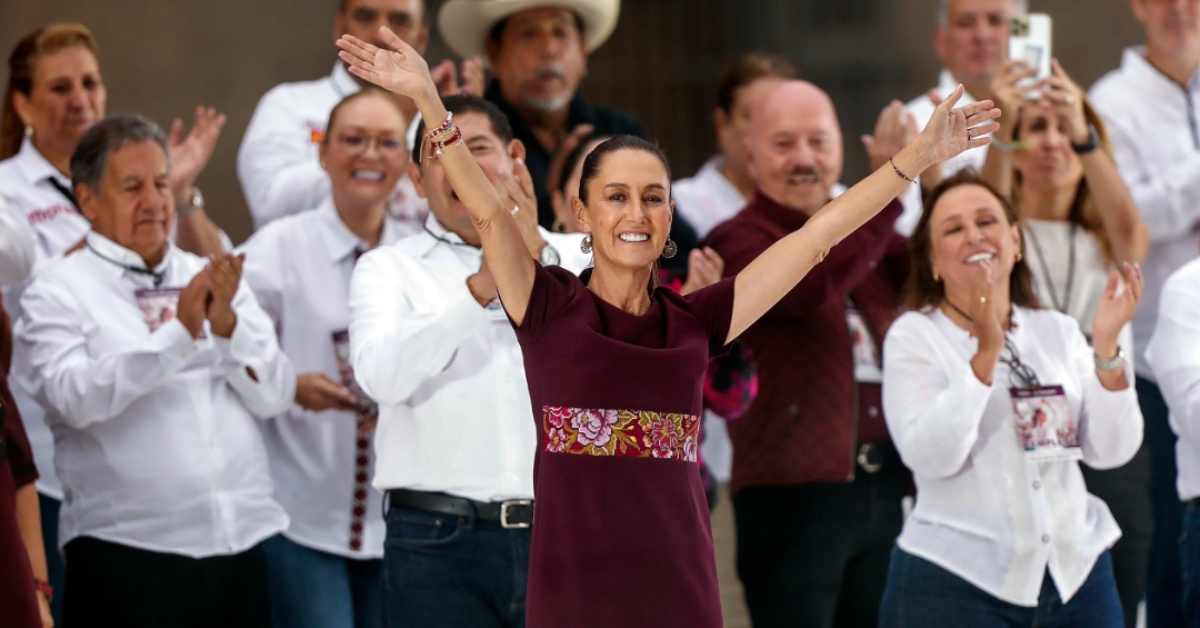Puerto Vallarta, Mexico – As of October 1, Claudia Sheinbaum Pardo has officially assumed the presidency of Mexico, embarking on her term with a variety of economic challenges and uncertainties ahead. This leadership change has coincided with recent fluctuations in the Mexican peso, which, after a period of robust performance earlier this year, has shown signs of wavering amidst shifting economic landscapes.
The currency’s recent depreciation follows a promising start to 2024, marked by what analysts called the era of the “super peso.” Now, with the transition to a new administration, economic experts are cautioning that the period of extraordinary peso strength may be drawing to a close.
Peso Performance and Fluctuations
As President Sheinbaum steps into office, her administration inherits a peso that has appreciated by 3% over the past six years, concluding the previous administration’s term at 19.69 pesos per dollar, down from 20.30 pesos in December 2018. Nevertheless, the peso has experienced a depreciation of 1.57% over the past month, attributed primarily to external and internal factors.
Octavio Pozos, a financial specialist with Blue Whale Markets, believes that while the peso’s value will likely remain relatively stable, a return to the “super peso” levels observed earlier this year is improbable in the near future. “It seems very difficult for the super peso to return, especially during the first year after the transition,” Pozos commented, explaining that despite the new administration’s anticipated continuation of existing economic policies, certain structural reforms are anticipated to create unease within the market.
Pozos also highlighted that recent actions by the United States Federal Reserve, which implemented a 50-basis-point interest rate cut, in contrast to a 25-basis-point adjustment by Mexican financial institutions, have contributed to the peso’s depreciation. Additionally, domestic factors, such as proposed reforms to the Mexican Judicial Branch, have further contributed to market instability, leading to heightened currency volatility.
Market Volatility and Peso Stability
Despite these fluctuations, experts like Pozos expect the peso to maintain a relatively narrow range in the coming months, likely trading between 19 and 20 pesos per dollar. He emphasized that while neither significant depreciation nor substantial appreciation is anticipated, investors should remain vigilant given the volatile market environment.
“We do not foresee a significant depression or a noticeable appreciation. The peso will probably fluctuate between 19 and 20 pesos per dollar during the first months of the new government,” Pozos said. He added, “There are no strong economic signals that would prompt a substantial strengthening of the peso at this time.”
Investment Strategies Amid Economic Transition
As Mexico navigates through this political and economic transition, Blue Whale Markets recommends a conservative and diversified investment approach to mitigate risk. In times of volatility, traditional safe-haven assets such as gold, silver, and strong currencies like the Swiss franc offer stability.
“Mexico’s political transition, combined with movements in global financial markets, presents both risks and opportunities for investors,” Pozos stated. He acknowledged that while cryptocurrencies may appear as an attractive diversification option, they are not without their risks. “The most important thing in times like these is to have a diversified strategy and adapt quickly to market changes.”
With Claudia Sheinbaum’s presidency just beginning, the upcoming months will be crucial as both national and international investors closely monitor her administration’s economic policies and reforms. As the peso navigates this period of change, experts like Pozos suggest that strategic investment planning and risk mitigation will be essential for navigating the evolving economic landscape in Mexico.
Puerto Vallarta, Mexico - As of October 1, Claudia Sheinbaum Pardo has officially assumed the presidency of Mexico, embarking on her term with a variety of economic challenges and uncertainties ahead. This leadership change has coincided with recent fluctuations in the Mexican peso, which, after a period of robust performance earlier this year, has shown signs of wavering amidst shifting economic landscapes.












